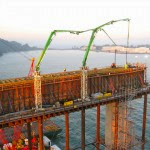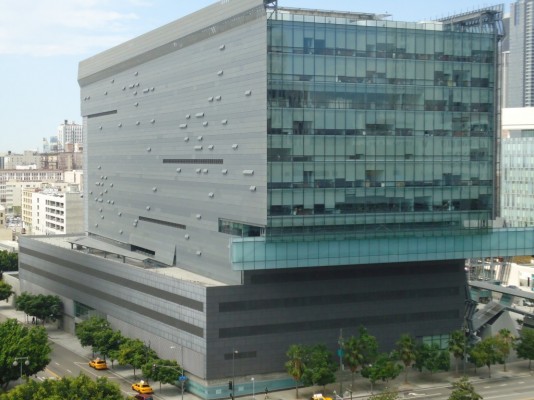Shotcrete is not a material, but a technique of
applying concrete at high velocities through a hose. This application method
shaves time and money and is gaining popularity in the building community each
day. Though shotcrete can be used on almost any concrete project, there are a
number of projects where the use of shotcrete is often the best choice.
Here are five projects that are ideal for shotcrete
usage:
Repair and Restoration Projects
Shotcrete is a fantastic method for repair and
restoration projects because of its versatility and ease of application. The
key is to ensure that the new concrete material is well blended with the
existing material to ensure that the repair will stand up to the test of time.
Pools and Water Features
Water-resistant concrete is ideal for structures like
pools, dams, reservoirs, and marine-based structures. Because shotcrete can be
placed directly against soil, it is the ideal material for home pools.
Shotcrete doesn’t rely on forms and molds, so it can be used to create very
attractive shapes at an economical price.
Skate Parks
Like pools, shotcrete can be used to create the smooth,
tall curves needed for skateboard ramps and parks.
Landscaping
Shotcrete can be used to create interesting
architectural shapes and landscape structures like sculptures, walkways, and
any project that requires flexible and durable materials.
New Construction
Shotcrete greatly reduces the cost of construction projects and offers designers the ability to create curved, irregular shapes
that are also structurally sound. Shotcrete can save both time and money while
making innovative architectural decisions feasible.
The Conco Companies are a leading
supplier of concrete services for the Western U.S. and we
got our start in the Bay Area in 1959 by offering clients the best value on a
wide range of concrete services and products.
Since that time, we have taken a leading role as one of the top concrete
contractors in the region. Our offices serve California, Colorado, Oregon,
Washington and Nevada.








